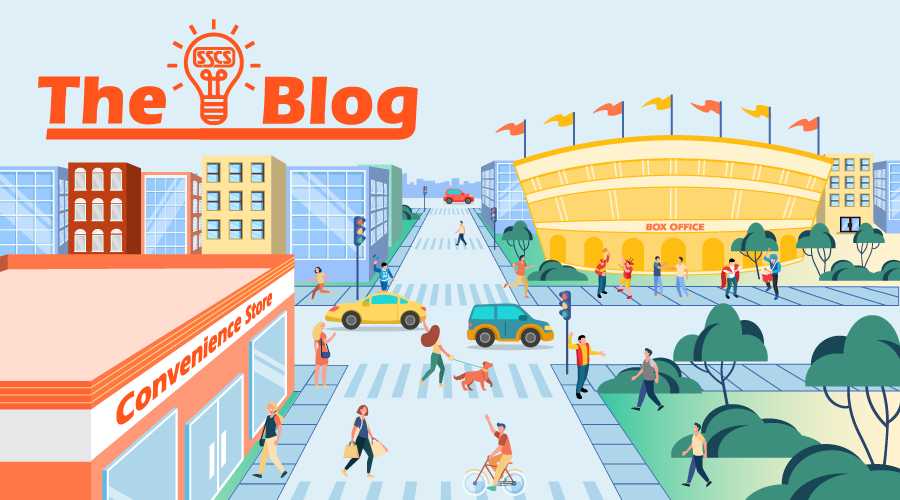
Take Me Out to the C-Store
With all that high priced food in the stadium, a c-store can be a viable alternative for sports fans—in the right setting.
Downtown sports stadiums. They’re on the rise.
Most of the time they’re baseball parks—smaller per game crowds mean smaller footprints, easier to fit within existing buildings and structures in the middle of a city—but a handful of modern football stadiums are successfully co-existing downtown, too.
The concept of the cozy neighborhood ballpark is nothing new. Wrigley Field, home of the Chicago Cubs, is one working model that’s well over 100 years old, where access to the game is still just a walk across the street.
There was a time, though, when the prevailing trend for “state of the art” stadiums, went in an entirely different direction. We’re talking about stadiums constructed during the late 60’s, 70’s, and early 80’s. More often than not, they are as good as identical, huge concrete structures surrounded by an ocean of parking lot, suitable for multiple sports, or so the theory went.[1] This kind of sprawl required wide open spaces far away from the city. No more grabbing a sandwich and soda on the way to the game.
As anyone in the c-store industry can tell you, though, tastes change, sometimes forever. And it turns out people got tired of watching the action in giant concrete bowls pretty fast.[2] It was the beginning of an era with a new appreciation for the convenience of city ballparks, the civic improvements that tend to spring up in their wake, and most fun, the design quirkiness that results from positioning a large, non-standard structure into densely packed surroundings.
For operators in our industry, sports that take place downtown, as extensions of real neighborhoods, have a unique impact in that they encourage food retailing scenarios other than the stadium’s. The consumer is no longer a captured audience, as might happen in a remote and forbidding area such as Candlestick Point.
In the middle of a city, however, c-stores can provide an alternative to the flashy, but pricey food alternatives found within an arena. Here are a few c-stores that have co-existed successfully within throwing distance of their local professional club.
Hemenway Variety, Fenway Park, Boston
Fenway Park, home of the Red Sox, gets its name from the Fenway-Kenmore neighborhood packed tightly around its somewhat irregular dimensions. The park was built in 1912 and rebuilt in 1934; commercial buildings within walking distance match its venerable, brick-heavy, look and feel. Nestled among this retail bustle is fan-favorite c-store, Hemenway Variety, a popular place for snacks, drinks, and other essentials before and after the game.
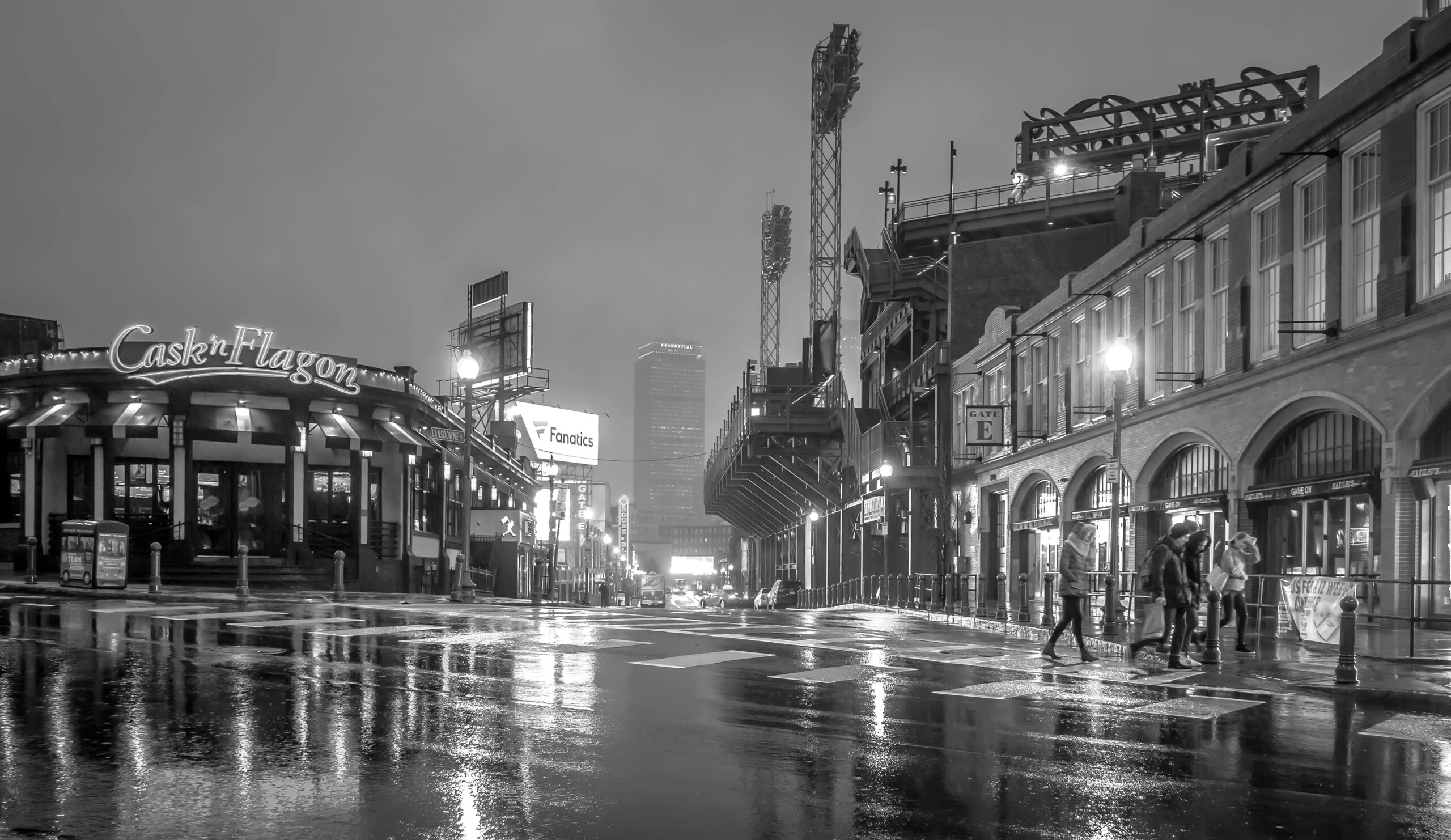
Jack’s Market, AT&T Park, San Francisco
AT&T Park, home to the San Francisco Giants (replacing the demolished Candlestick Park), is one of the best attempts to call back to the earlier half of the 20th Century when more ballparks (like Fenway and Wrigley) integrated with their downtowns. Blocks of revitalizing development have cropped up to surround the park in the past quarter century, with several c-stores within walking distance. Jack’s is in an older, more traditional block, truly a mom-and-pop store that serves as a go-to for Giants fans before a game, and afterward, while they wait for public transit away from the park.
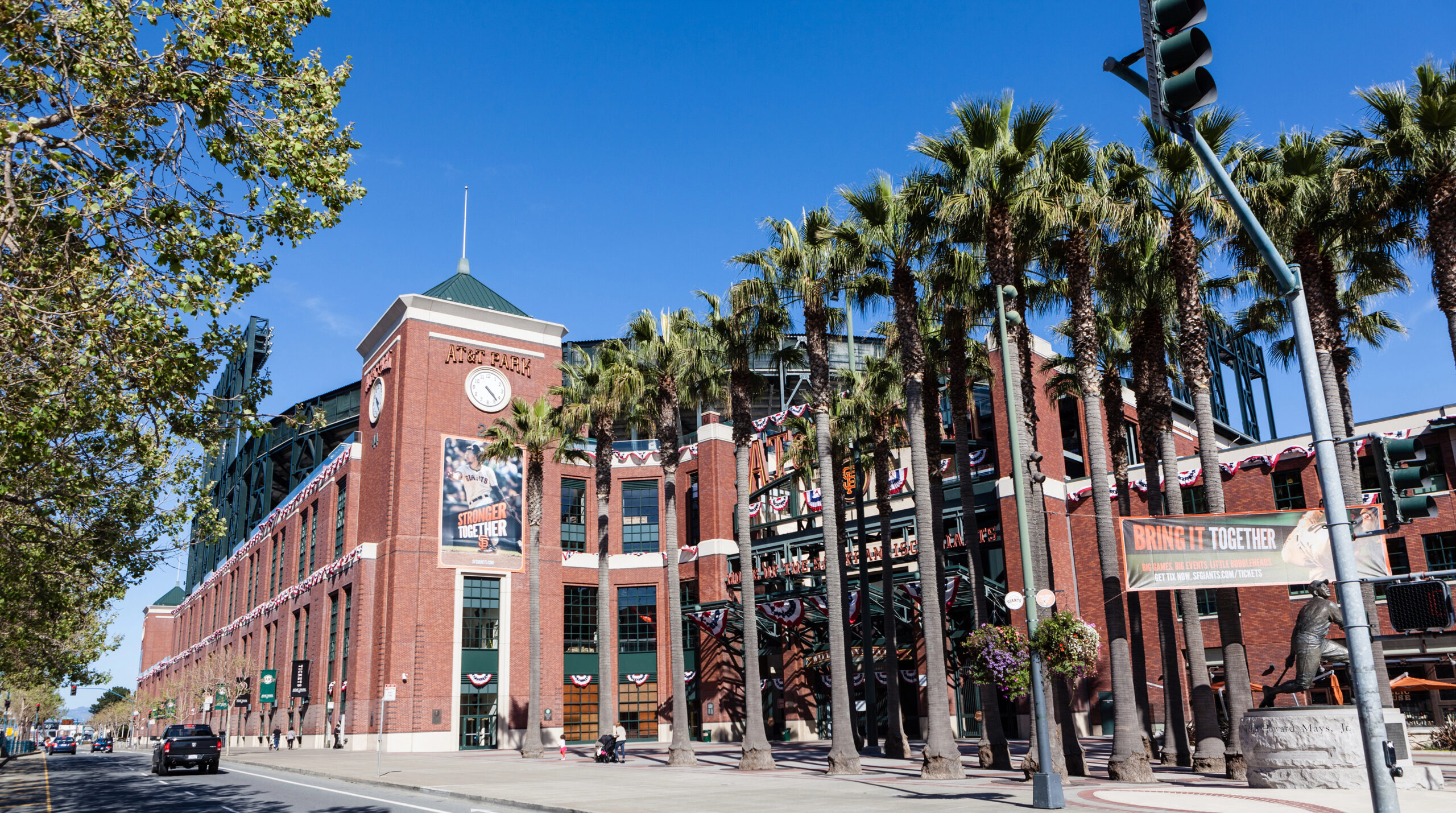
DGX, PNC Park, Pittsburgh
Like AT&T Park, PNC Park, home of the Pittsburgh Pirates, replaces a mid-70’s monolith (Three Rivers Stadium) with a design that calls back to a more intimate sporting era. It, too, offers great views (of the city’s three intersecting rivers) and, also like AT&T Park, it set off a revitalization in the neighborhood that transformed the city. It’s just a four minute walk across the Allegheny River using the Roberto Clemente Bridge to DGX, a Dollar General convenience concept for municipal areas. There’s a lot of other interesting retail stuff going on downtown, as well, exemplified best by the hub known as Market Square.
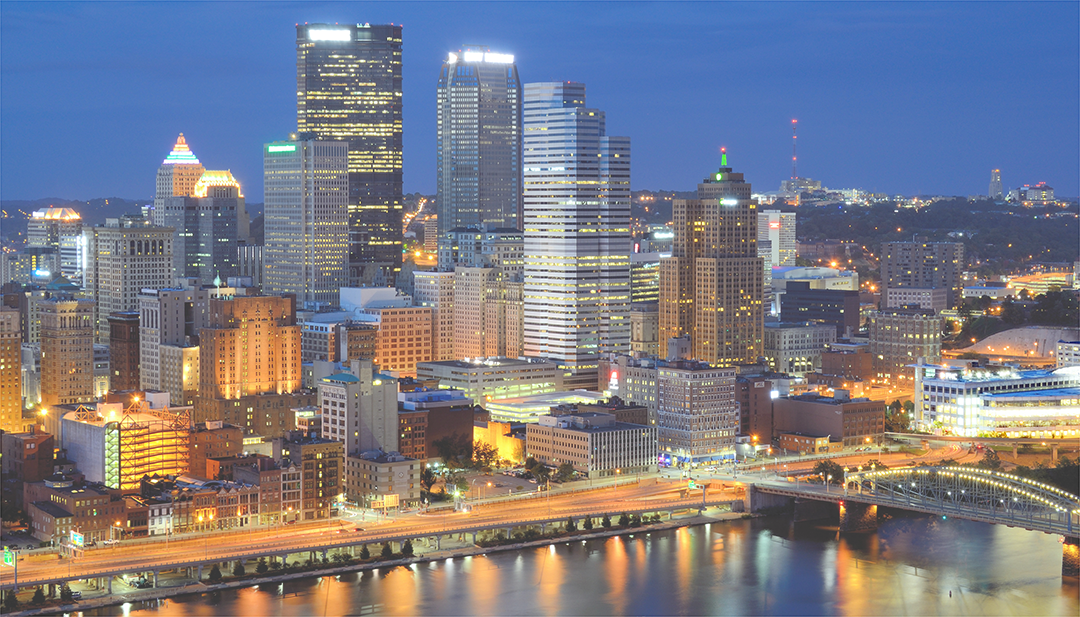
Speedway, Lucas Oil Stadium, Indianapolis
Just one block or so from a really good example of a football stadium that works within an urban setting, this Speedway site is a whirring hub of activity on Colts gameday. It has a complete automotive service department, too, in case you want to change your oil while you’re watching the game.
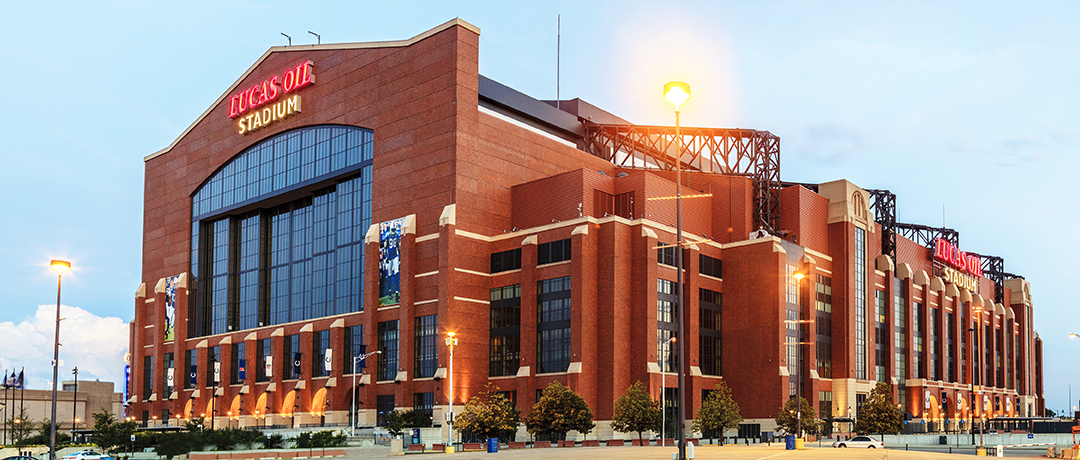
—————————————————————
Though different in approach and style, these stores share the common concerns of any retailer, in terms of making sure the right product mix is being carried, even when sports memorabilia and team gear appropriate to Game Day are included.
That’s where SSCS Technology can come in and help. Our software automates and tracks what your store carries, delivering easy-to-understand information that can help you change things up to ensure the profitability of what you carry is maximized, while keeping margin erosion to a minimum. Our lineup of talented professionals is uniformly strong from top to bottom, and fully capable of delivering for your store in the clutch. If you want to know more, we invite you to step up to the plate and give us a call at (800) 927-7277.
[1] San Francisco’s Candlestick Park was a forerunner of this trend. Pittsburgh’s Three Rivers Stadium, Cincinnati’s Riverfront Stadium, St. Louis’s Busch Stadium, and Philadelphia’s Veteran’s Stadium are other representative examples.
[2] And players got tired of playing in environments not specific to their sports’ specs.



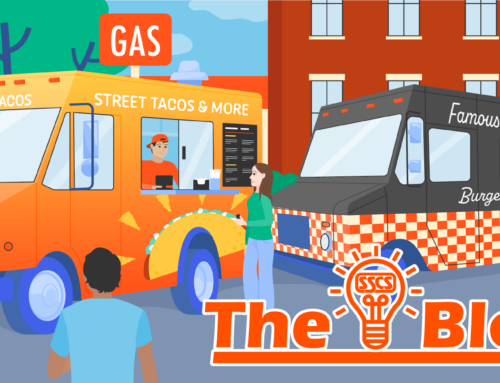
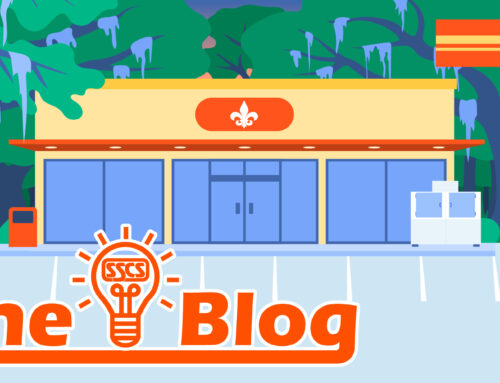

Leave A Comment